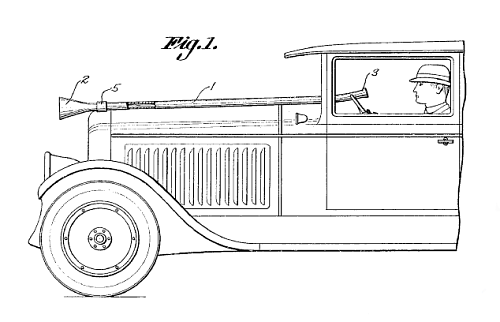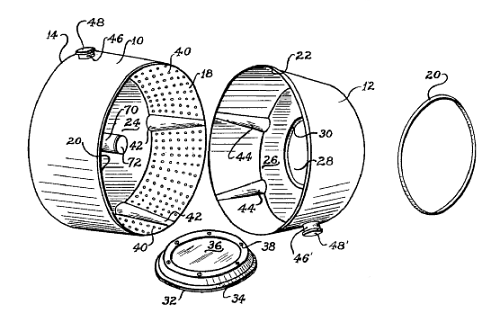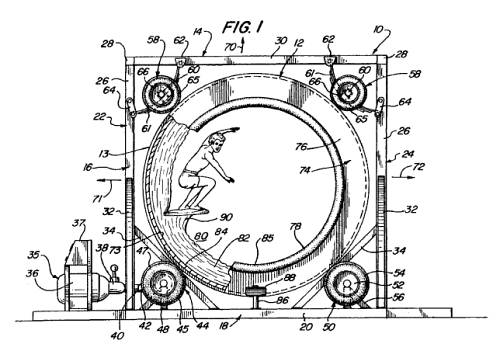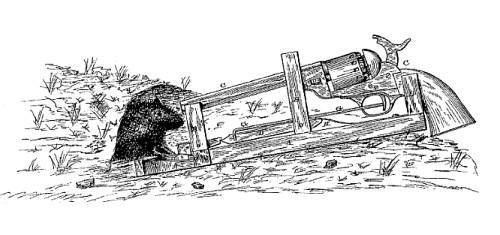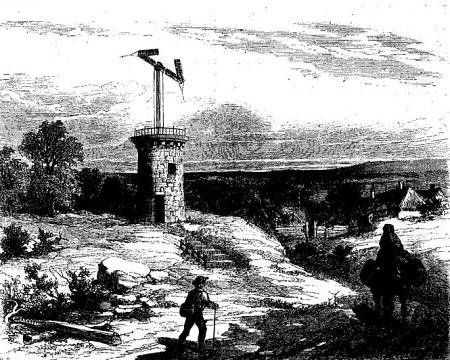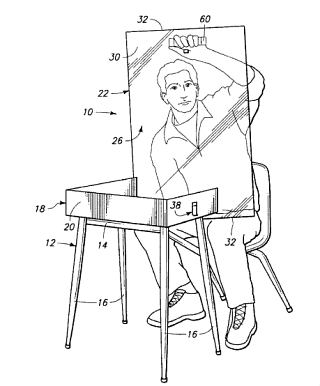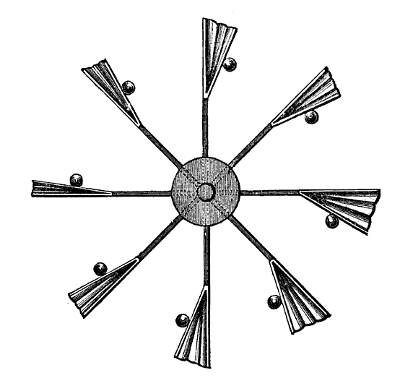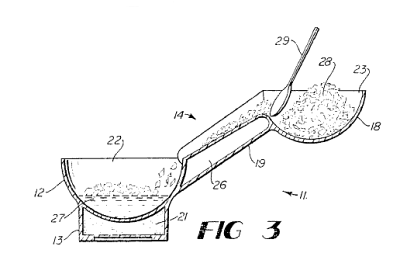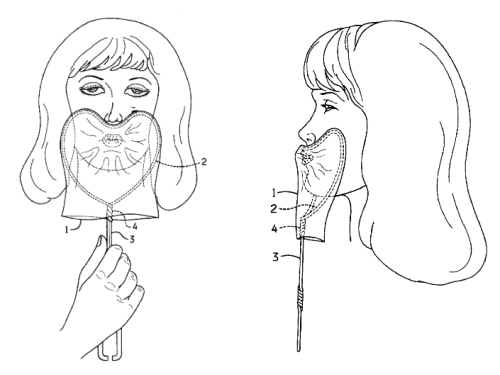
Patented by Deloris Gray Wood in 1998, the “kissing shield” makes pretty good sense:
It is customary when we kiss to come in contact with another’s lips, and in certain cultures, to follow with a kiss on the skin of each cheek; thus germs can be passed from one person to another. In keeping with one aspect of the invention, if casual contact is necessary and a kiss is appropriate, one can protect oneself from the germs present in saliva or other secretions which might be transmitted from kissing by using a kissing shield.
What sets Wood’s application apart is its comprehensiveness: The shield “can be used especially by a politician who kisses babies” — and one variant has “a pocket sized and shaped to receive the tongue of one of the two persons” to permit French kissing.
“I kissed my first girl and smoked my first cigarette on the same day,” wrote Toscanini. “I haven’t had time for tobacco since.”

